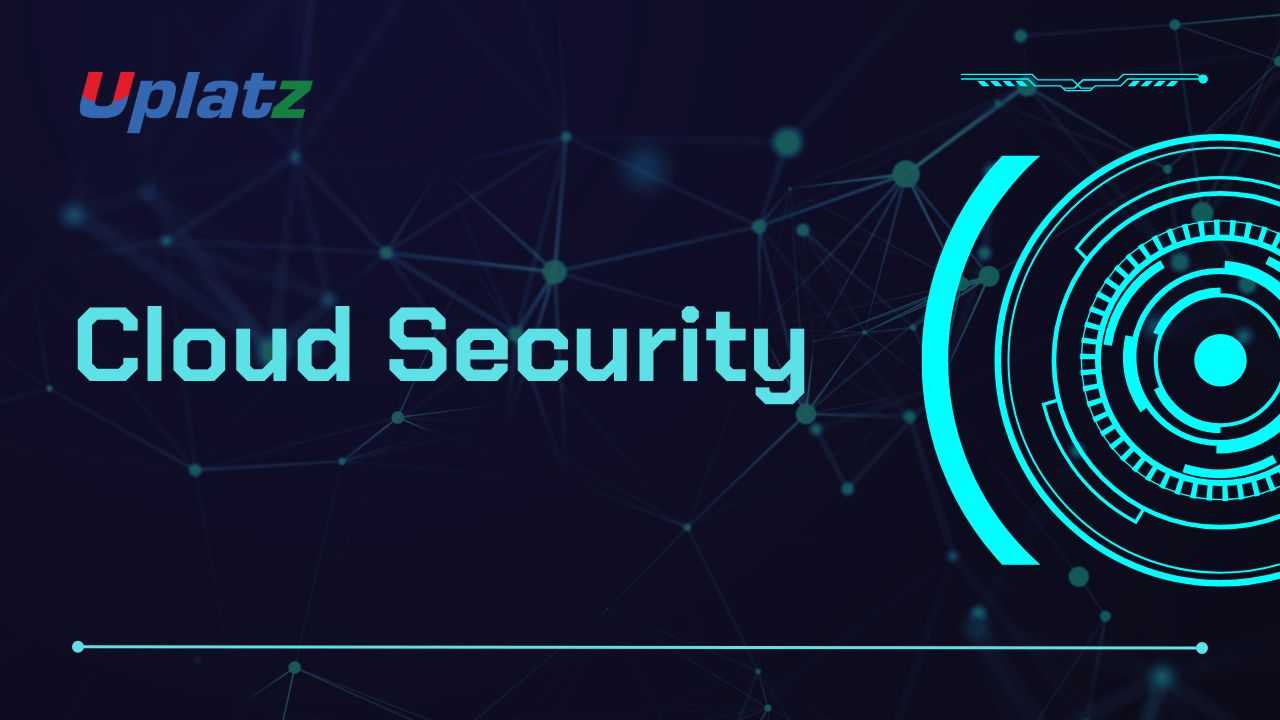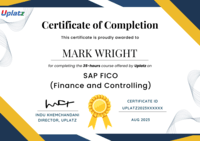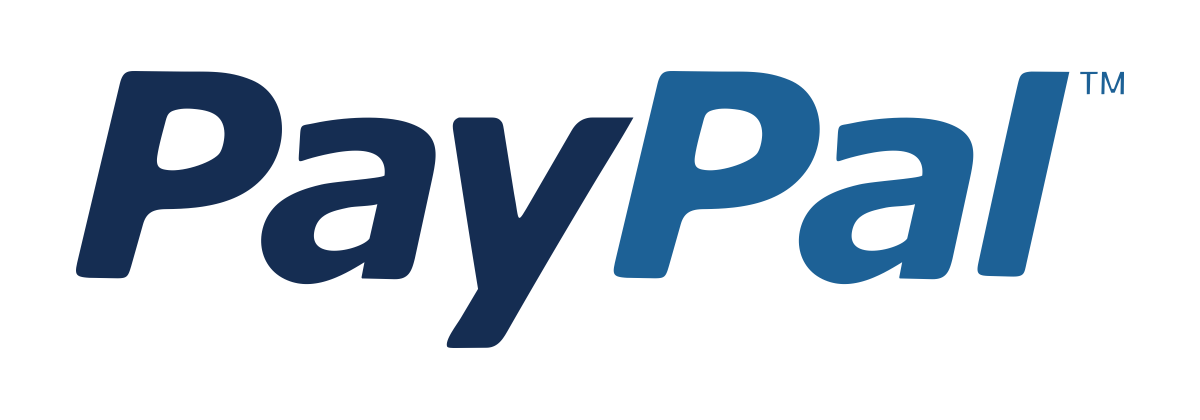Zero Trust Architecture
Master Zero Trust Architecture (ZTA) to secure modern enterprises with identity-driven, least-privilege access and continuous verification. Price Match Guarantee
Full Lifetime Access
Access on any Device
Technical Support
Secure Checkout
Course Completion Certificate
Price Match Guarantee
Full Lifetime Access
Access on any Device
Technical Support
Secure Checkout
Course Completion Certificate
 97% Started a new career
BUY THIS COURSE (
97% Started a new career
BUY THIS COURSE (GBP 12 GBP 29 )-
 86% Got a pay increase and promotion
86% Got a pay increase and promotion
Students also bought -
-

- Cybersecurity in a nutshell
- 2 Hours
- GBP 12
- 21 Learners
-

- Cloud Security
- 10 Hours
- GBP 12
- 10 Learners
-

- DevSecOps
- 10 Hours
- GBP 29
- 10 Learners

Zero Trust Architecture (ZTA) is a transformative cybersecurity model that redefines how organizations defend digital assets. Instead of relying on traditional network perimeters, Zero Trust operates under the principle of “never trust, always verify.” Every user, device, and connection — whether inside or outside the organization — must be continuously authenticated, authorized, and validated before gaining access.
This Mastering Zero Trust Architecture – Self-Paced Online Course by Uplatz offers a deep, structured learning path into the concepts, frameworks, and real-world implementation of Zero Trust security. Learners explore how to secure every layer — identity, device, network, application, and data — using proven models such as NIST SP 800-207, Forrester ZTX, and Gartner’s CARTA framework.
From foundational principles to enterprise-level deployment, this course equips you with the expertise to design, implement, and manage Zero Trust strategies across cloud, on-premises, and hybrid infrastructures — aligning cybersecurity with modern business agility.
🔍 What is Zero Trust Architecture?
Zero Trust Architecture (ZTA) is a security framework built on the idea that no entity — user, system, or application — should be implicitly trusted. Instead, access is granted dynamically based on continuous verification and contextual risk assessment.
Traditional perimeter-based models assume that anything inside the network is safe; Zero Trust eliminates that assumption by enforcing continuous verification, least-privilege access, and micro-segmentation.
Core principles include:
-
Verify Explicitly: Always authenticate and authorize every connection request.
-
Use Least-Privilege Access: Restrict user and system privileges to only what’s required.
-
Assume Breach: Design with the expectation that threats exist both internally and externally.
-
Continuous Monitoring: Track identities, behavior, and data movement in real time.
By adopting Zero Trust, organizations reduce attack surfaces, improve compliance, and enhance overall security resilience in multi-cloud and hybrid ecosystems.
⚙️ How Zero Trust Works
Zero Trust combines technologies, governance, and processes into an integrated ecosystem. Its implementation spans multiple domains:
-
Identity Security: Centralized identity management, strong authentication, and adaptive access control (MFA, SSO, passwordless access).
-
Device Security: Continuous validation of endpoint posture, compliance, and configuration integrity.
-
Network Security: Micro-segmentation and secure access service edge (SASE) integration for isolation and control.
-
Application Security: Policy-based access, API protection, and secure service-to-service communication.
-
Data Security: Encryption, data loss prevention (DLP), and real-time monitoring of sensitive information.
Each layer works together through policy engines, trust evaluators, and enforcement points, dynamically adjusting permissions based on context — such as user role, device health, location, or behavior patterns.
🏭 How Zero Trust is Used in the Industry
Organizations across industries — from finance and healthcare to government and cloud providers — are rapidly adopting Zero Trust to combat modern cyber threats and meet compliance mandates.
Key industry applications include:
-
Cloud Security: Protecting multi-tenant and multi-cloud infrastructures.
-
Remote Work Enablement: Securing distributed teams and mobile endpoints.
-
Compliance & Governance: Meeting frameworks like ISO 27001, GDPR, and NIST CSF.
-
Critical Infrastructure Protection: Isolating operational technologies (OT) and industrial control systems (ICS).
-
Data-Driven Enterprises: Controlling access to sensitive data and intellectual property.
Adopting Zero Trust ensures defense in depth, visibility across assets, and resilience against advanced persistent threats (APTs) — making it a foundational model for modern cybersecurity strategies.
🌟 Benefits of Learning Zero Trust Architecture
Understanding and implementing Zero Trust equips professionals with a future-ready cybersecurity mindset.
Key benefits include:
-
Modern Security Skillset: Aligns with industry standards like NIST SP 800-207 and Forrester ZTX.
-
Career Advancement: Zero Trust expertise is highly sought after by cybersecurity, cloud, and compliance teams.
-
Cloud & Hybrid Readiness: Gain the skills to protect assets across diverse IT environments.
-
Enhanced Risk Management: Learn to design security policies that adapt dynamically to threats.
-
Compliance Mastery: Understand Zero Trust’s role in meeting international regulatory requirements.
-
Practical Tool Experience: Explore IAM, endpoint, and network monitoring tools used in enterprise deployments.
By mastering ZTA, you’ll learn to design security systems that evolve continuously, ensuring strong protection even in complex, distributed environments.
📘 What You’ll Learn in This Course
This comprehensive course blends theoretical understanding with hands-on practice. You will learn to:
-
Grasp Zero Trust principles, history, and motivation.
-
Compare perimeter-based vs. Zero Trust security models.
-
Apply frameworks such as NIST SP 800-207, Gartner CARTA, and Forrester ZTX.
-
Design identity-centric architectures using IAM, SSO, and MFA.
-
Implement least-privilege access and micro-segmentation policies.
-
Apply Zero Trust principles to cloud, on-prem, and hybrid systems.
-
Configure adaptive access controls and continuous monitoring.
-
Integrate Zero Trust tools: Okta, Azure AD, Palo Alto Prisma, Zscaler, CrowdStrike, and more.
-
Create governance and compliance policies aligned with risk frameworks.
Each module includes real-world case studies, architectural diagrams, and implementation exercises to translate theory into action.
🧠 How to Use This Course Effectively
-
Start with Fundamentals: Understand Zero Trust’s origins and motivations.
-
Compare Models: Analyze traditional vs. Zero Trust network designs.
-
Follow Frameworks: Map NIST and Forrester guidelines to practical implementation.
-
Experiment with Tools: Use IAM and network segmentation solutions in labs.
-
Work on Case Studies: Apply principles to simulated enterprise scenarios.
-
Revisit Key Modules: Reinforce governance, compliance, and continuous validation concepts.
-
Complete the Capstone Project: Design a Zero Trust architecture for a fictional organization.
This practical approach ensures not just conceptual clarity but also the ability to implement Zero Trust in real environments.
👩💻 Who Should Take This Course
This course is designed for:
-
Cybersecurity Professionals transitioning to Zero Trust frameworks.
-
Cloud Architects & Engineers securing hybrid and multi-cloud infrastructures.
-
IT Administrators responsible for access control and endpoint security.
-
CISOs, Risk Managers, and Compliance Officers aligning governance with Zero Trust policies.
-
Students & Beginners starting a cybersecurity career with modern frameworks.
Regardless of experience level, learners will gain valuable insights into securing systems through continuous verification and adaptive protection.
🧩 Course Format and Certification
The course is self-paced and includes:
-
HD video lectures with conceptual and practical coverage.
-
Downloadable frameworks, templates, and reference guides.
-
Interactive case studies and quizzes.
-
Real-world implementation projects and assessments.
-
Lifetime access with continuous content updates.
Upon completion, you’ll earn a Course Completion Certificate from Uplatz, showcasing your mastery of Zero Trust Architecture and modern cybersecurity design.
🚀 Why This Course Stands Out
-
Comprehensive Coverage: Principles, frameworks, implementation, and tools.
-
Practical Focus: Real-world scenarios and governance mapping.
-
Tool-Driven Learning: Exposure to industry-standard Zero Trust platforms.
-
Future-Oriented: Aligns with cloud security and compliance trends.
-
Career Impact: Builds credentials for roles like Security Architect, IAM Engineer, or CISO Advisor.
By the end of this course, you’ll have the strategic and technical confidence to design, implement, and maintain Zero Trust environments that protect organizations against evolving threats.
🌐 Final Takeaway
In an era of hybrid work, cloud adoption, and escalating cyber threats, Zero Trust is no longer optional — it’s essential. It replaces outdated perimeter-based defenses with a dynamic, identity-driven, and data-centric approach.
The Mastering Zero Trust Architecture – Self-Paced Course by Uplatz prepares you to lead the transition toward modern cybersecurity. You’ll learn to create security architectures that continuously validate users, devices, and actions — ensuring trust is earned, never assumed.
Start learning today and position yourself at the forefront of cybersecurity innovation with Zero Trust Architecture.
By completing this course, learners will:
-
Understand core Zero Trust principles.
-
Apply NIST Zero Trust Architecture framework.
-
Design secure identity, device, and application layers.
-
Implement least-privilege access controls.
-
Integrate Zero Trust into enterprise security strategy.
-
Monitor continuous authentication and network trust.
Course Syllabus
Module 1: Introduction to Zero Trust
-
What is Zero Trust?
-
Traditional security vs Zero Trust
-
Core principles: never trust, always verify
Module 2: Frameworks & Standards
-
NIST SP 800-207 overview
-
Forrester’s ZTX model
-
Gartner’s Continuous Adaptive Risk and Trust Assessment (CARTA)
Module 3: Identity-Centric Security
-
Identity and access management (IAM)
-
Multi-factor authentication (MFA)
-
Adaptive access controls
Module 4: Network & Device Security
-
Micro-segmentation and software-defined perimeters
-
Device posture assessment
-
Endpoint security
Module 5: Application & Data Protection
-
Application-level Zero Trust
-
Data classification and encryption
-
Protecting APIs and microservices
Module 6: Continuous Monitoring & Analytics
-
Security information and event management (SIEM)
-
User and entity behavior analytics (UEBA)
-
Threat detection and response
Module 7: Implementing Zero Trust in Enterprises
-
Migration from perimeter to Zero Trust
-
Integrating Zero Trust with hybrid/multi-cloud environments
-
Policy enforcement and governance
Module 8: Tools & Technologies
-
IAM solutions (Okta, Azure AD, Ping Identity)
-
Micro-segmentation (Zscaler, Palo Alto, Illumio)
-
Monitoring tools (Splunk, Elastic, CrowdStrike)
Module 9: Real-World Case Studies
-
Google BeyondCorp
-
Microsoft Zero Trust journey
-
Banking and healthcare implementations
Module 10: Governance, Risk & Compliance
-
Regulatory landscape (GDPR, HIPAA, PCI DSS)
-
Zero Trust for compliance frameworks
-
Building a Zero Trust governance model
Module 11: Future of Zero Trust
-
AI and machine learning in Zero Trust
-
Zero Trust for IoT and edge computing
-
Evolving threats and Zero Trust responses
Module 12: Capstone Project
-
Designing a Zero Trust model for a mid-size enterprise
-
Policy creation and risk assessment
-
Presentation and peer review
Learners will receive a Certificate of Completion from Uplatz, validating their expertise in Zero Trust Architecture. This certificate demonstrates readiness for roles in cybersecurity engineering, IT security architecture, and enterprise risk management.
Zero Trust Architecture skills prepare learners for roles such as:
-
Cybersecurity Architect
-
Security Engineer
-
Identity & Access Management Specialist
-
Cloud Security Engineer
-
Compliance & Risk Analyst
With growing adoption across enterprises, Zero Trust expertise is in high demand for building resilient, compliant, and secure infrastructures.
-
What is Zero Trust Architecture?
It’s a security model that assumes no implicit trust and verifies every request continuously. -
What are the key principles of Zero Trust?
Identity verification, least-privilege access, and continuous monitoring. -
What is NIST SP 800-207?
A standard framework by NIST defining Zero Trust Architecture guidelines. -
How does Zero Trust differ from perimeter security?
Traditional models trust anything inside the perimeter, while Zero Trust requires verification at every step. -
What is micro-segmentation?
Dividing networks into secure segments to limit lateral movement of attackers. -
What role does IAM play in Zero Trust?
IAM ensures that only authenticated and authorized users/devices gain access. -
How does Zero Trust apply to cloud environments?
By applying continuous authentication, encryption, and monitoring across cloud workloads. -
What are common tools for Zero Trust implementation?
Okta, Azure AD, Zscaler, Illumio, CrowdStrike, and Splunk. -
What are challenges in adopting Zero Trust?
Cultural resistance, legacy systems, integration complexity, and cost. -
Where is Zero Trust widely adopted?
In enterprises, government agencies, finance, healthcare, and cloud-native companies.









